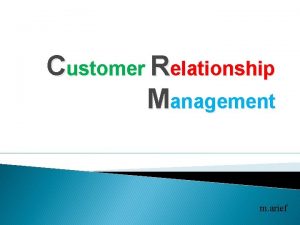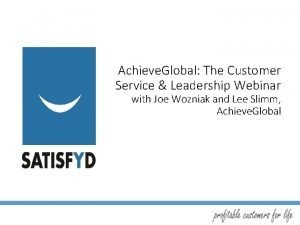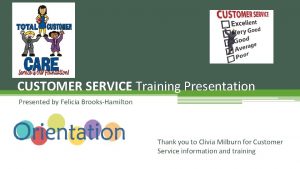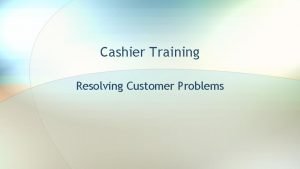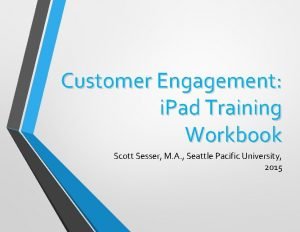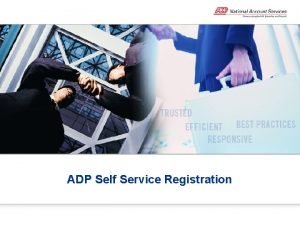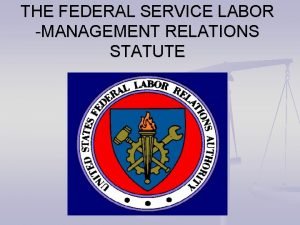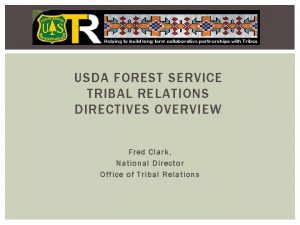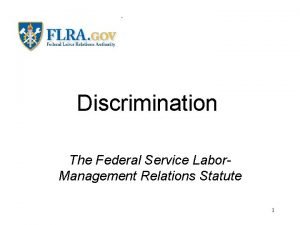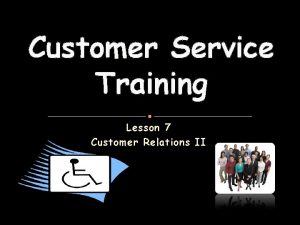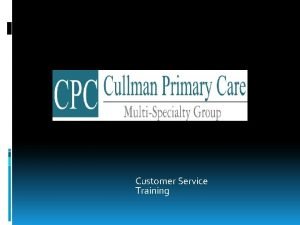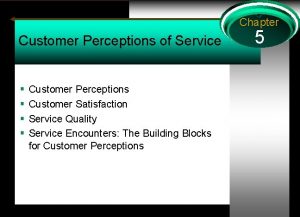Customer Service Training Lesson 6 Customer Relations I












- Slides: 12

Customer Service Training Lesson 6 Customer Relations I

After this Lesson you will… • Be able to explain what is meant by customer • • • relationships and its components. Be able to explain the role company policies and expectations play in customer service and customer relationships. Understand the do’s and don’ts for providing exceptional customer service. Learn how teamwork can improve Customer Service.

Terminology • Added Value Added value is the extra, over and above the basic product or service offer that an organization makes to its customers. This added value represents extra benefits that can truly delight the customers and keep them loyal. • Behavior The way an individual does things. You do things in a particular way because of the way you feel, what you want, and how other people treat you. • Business Protocol The expected way to act in business including company policies, protocol, and the culture of the company. Examples of this at Job Corps are: Standard Operating Procedures and Minimum Standards

More Terminology • Complaint An expression of dissatisfaction. • Customer A customer is somebody who receives customer service from a service deliverer. Generally it is easier to see a customer as a person but sometimes an organization can be a customer. In most cases a customer or his or her organization is paying directly or indirectly for the service that is being received. • Customer Loyalty Some customers tend to return to the same service deliverer and this is customer loyalty. Customer loyalty can be built up if the customer experience of an organization has been good.

Even More Terminology • Customer Preference Each customer is an individual and customers tend to have different likes and dislikes. Sometimes, in order to deliver consistent customer service, an organization chooses to do things in exactly the same way For every customer. It is possible to offer a customer options so that his or her customer preferences can be taken into account the way the customer service is delivered. • Customer Relationship The relationship a customer has with an organization, business, or individual that is providing a good or service. • Empathy The degree of caring and individual attention you show customers. • Teamwork Collaboration of individuals working together for a cause or to accomplish a goal.

Customer Loyalty • Customer Loyalty is valuable to an • organization because it is generally less expensive to repeat business with an existing customer than it is to find a new one. Some organizations choose to reward customer loyalty by making special customer service arrangements and offers for repeat customers. Generally customer loyalty means that if an organization has a problem with a customer there is a better chance of keeping that customer afterwards than there would be with a new customer.

The Key to a Successful Business is a Steady Customer Base. • Successful Businesses typically see 80% of their business from 20% of their customers. • Too many businesses neglect this customer base in pursuit of new customers. • The cost to attract a new customer is significantly more than to maintain your relationship with existing ones, your efforts toward building customer loyalty will pay off. (www. allbusiness. com)

Remember Customers Names • Know Their Names. Remember theme song to the television show Cheers? • Get to know the names of regular customers or at least recognize their faces. (www. allbusiness. com)

Teamwork • Everyone in the organization has to think • • • teamwork when it comes to customer service. The customer does not classify individuals based on their business unit, department or position. They see them as one entity It’s important for everyone in an organization understands the companies policies and expectations for customer service. Customer service affects all levels of any operation, and everyone involved needs to have the same mindset and follow the same policies and procedures. There is no “I” in team.

The Do’s and Don’ts of Customer Service • Strong customer service is a valuable asset, especially in today's high-techoriented, increasingly impersonal business world. • Be aware of customer service mistakes and avoid them, you may strengthen your position in a competitive market.

Don’t • Don’t talk over your • • • customer Don’t just say no Don’t continue what your doing when a customer is near. Don’t seem preoccupied when dealing with the customer Do • • Do Listen Do try to find an alternative solution and be prepared to offer an alternate solution if the customer is unsatisfied. Do stop what your doing to help the customer Do pay full attention to the customer, smile and make eye contact

The Golden Rule of Customer Service: Put yourself in the customers shoes and remember, “do unto others as you want others to do unto you!”
 Pengertian customer relationship
Pengertian customer relationship Achieveglobal
Achieveglobal Customer service training presentation
Customer service training presentation How to handle an irate customer on the phone
How to handle an irate customer on the phone Www telephonedoctor com
Www telephonedoctor com Customer service training program outline
Customer service training program outline Customer service and cashier training courses
Customer service and cashier training courses Customer service training workbook
Customer service training workbook Employee relations in public relations
Employee relations in public relations Adp self serve portal
Adp self serve portal Federal service labor-management relations statute
Federal service labor-management relations statute Forest service office of tribal relations
Forest service office of tribal relations Federal service labor management relations statute
Federal service labor management relations statute
